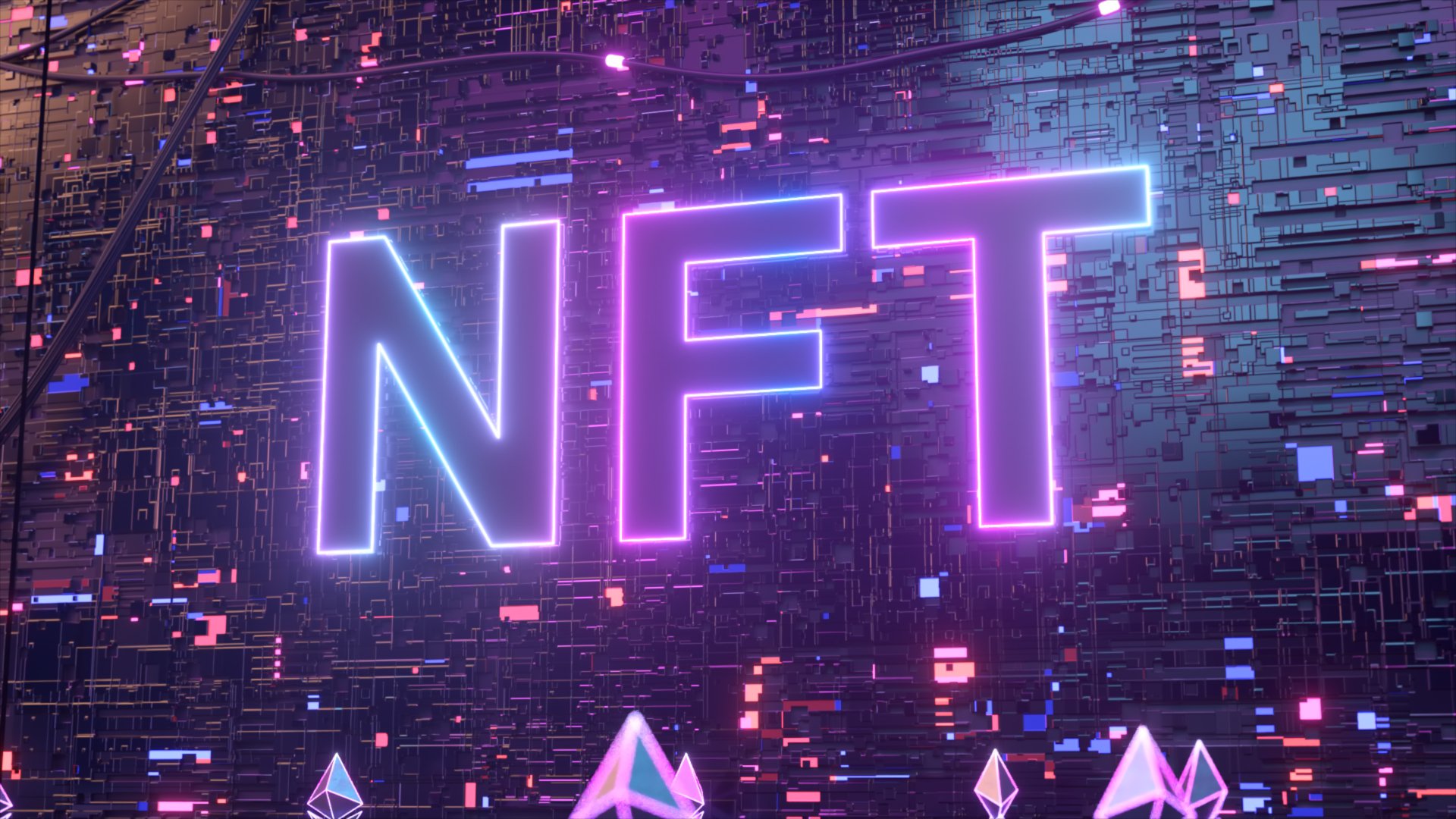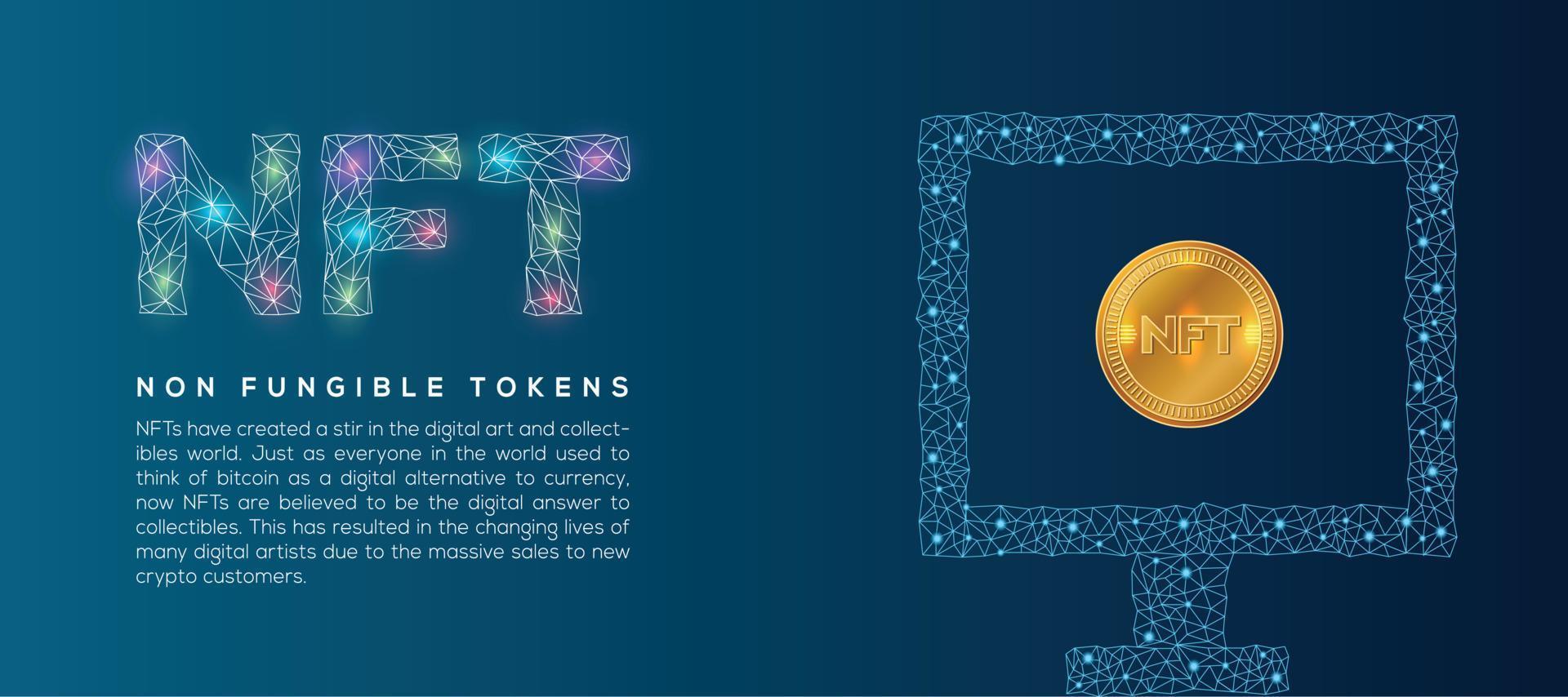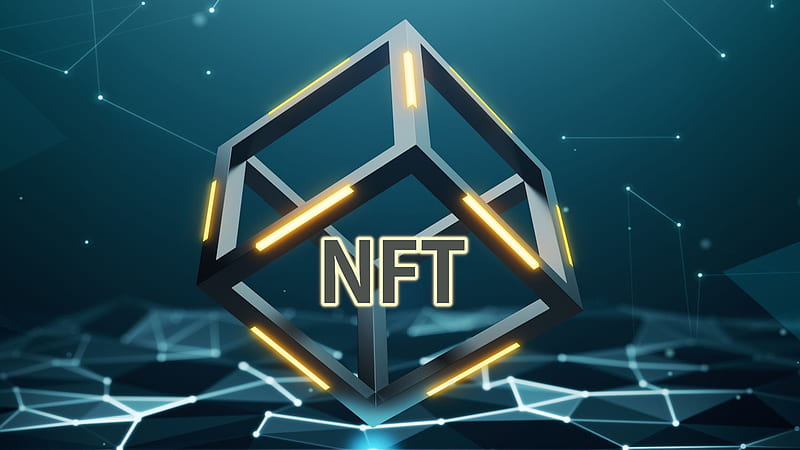A Guide to Creating Your Own NFTs
 Mohammad Ayaan Siddiqui
Mohammad Ayaan Siddiqui
Introduction
What are NFTs?
NFTs, or non-fungible tokens, are unique digital assets that are stored on a blockchain. Unlike fungible tokens like Bitcoin or Ethereum, each NFT is one-of-a-kind and cannot be replicated or divided into smaller parts.
Why create your own NFTs?
Creating your own NFTs allows you to showcase your artwork or media in a unique way and potentially earn money from selling them on NFT marketplaces.
Getting Started

Understanding blockchain technology
To create NFTs, you need to have a basic understanding of blockchain technology. A blockchain is a decentralized, distributed ledger that records transactions across a network of computers. Each block in the chain contains a number of transactions and a unique digital signature, which ensures the integrity of the data.
Choosing a blockchain platform
There are several blockchain platforms that support NFT creation, including Ethereum, Binance Smart Chain, and Flow. For this guide, we'll use Ethereum as an example.
Setting up your wallet
To create and sell NFTs on Ethereum, you'll need to set up a wallet that supports the Ethereum blockchain. One popular option is MetaMask, which is a browser extension that allows you to interact with Ethereum dApps (decentralized applications).
Creating Your NFTs

Choosing your artwork or media
Before you can create your NFT, you need to decide what artwork or media you want to use. This can be anything from a digital painting to a video clip or even a tweet.
Minting your NFTs
To mint your NFT, you'll need to use a smart contract on the Ethereum blockchain. There are several NFT marketplaces that allow you to mint and sell your NFTs, including OpenSea and Rarible.
Here's an example of a smart contract for creating an NFT on Ethereum using the ERC-721 standard:
pragma solidity ^0.8.0;
import "@openzeppelin/contracts/token/ERC721/ERC721.sol";
import "@openzeppelin/contracts/utils/Counters.sol";
contract MyNFT is ERC721 {
using Counters for Counters.Counter;
Counters.Counter private _tokenIds;
constructor() ERC721("MyNFT", "MNFT") {}
function createNFT(address recipient, string memory tokenURI) public returns (uint256) {
_tokenIds.increment();
uint256 newItemId = _tokenIds.current();
_mint(recipient, newItemId);
_setTokenURI(newItemId, tokenURI);
return newItemId;
}
}
This smart contract creates a new NFT with a unique token ID and a corresponding metadata URI.
Setting up your NFT marketplace
Once you've created your NFT, you'll need to list it for sale on an NFT marketplace. This involves setting a price and creating a listing that includes the NFT's metadata URI.
Marketing and Selling Your NFTs

Building hype for your NFTs
To sell your NFTs, you'll need to build hype and create demand for them. This can involve promoting your NFTs on social media, creating a website or landing page for your NFTs, and collaborating with other artists or influencers.
Pricing your NFTs
When pricing your NFTs, you'll need to consider factors like the uniqueness of the artwork or media, the demand for similar NFTs, and the current market conditions. You can also set a reserve price or auction your NFT to the highest bidder.
Selling your NFTs on the marketplace
Once you've listed your NFT for sale, interested buyers can purchase it using cryptocurrency or fiat currency, depending on the marketplace. After the sale is complete, you'll receive the proceeds minus any fees charged by the marketplace.
Conclusion
The future of NFTs
NFTs are still a relatively new technology, but they have the potential to revolutionize the way we think about ownership and value in the digital world. As more artists and creators embrace NFTs, we can expect to see new use cases and innovations in the space.
Final thoughts and tips
Creating your own NFTs can be a fun and rewarding experience, but it's important to do your research and understand the risks involved. Make sure to choose a reputable blockchain platform and NFT marketplace, and always be mindful of security and privacy concerns.
Subscribe to my newsletter
Read articles from Mohammad Ayaan Siddiqui directly inside your inbox. Subscribe to the newsletter, and don't miss out.
Written by

Mohammad Ayaan Siddiqui
Mohammad Ayaan Siddiqui
Crypto & AI MAXI